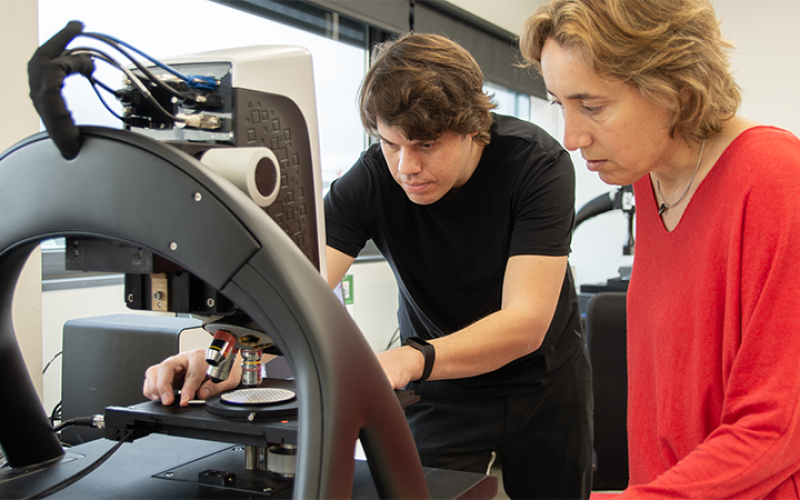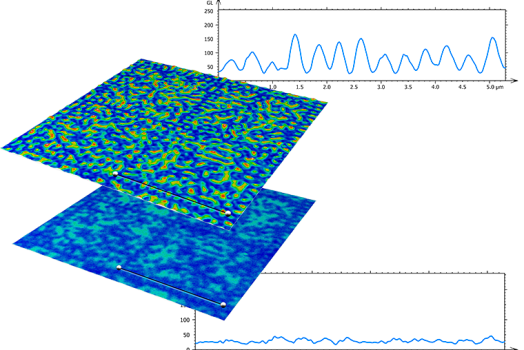
Testing and applicability of the UPC-ZEBRA interferometer as a phasing system in segmented-mirror telescopes
Testing and applicability of the UPC-ZEBRA interferometer as a phasing system in segmented-mirror telescopes full article
Agustí Pintó1, Ferran Laguarta1, Roger Artigas1, Cristina Cadevall1
1Center for Sensors, Instruments and Systems Development (CD6), Universitat Politècnica de Catalunya (UPC) Rambla Sant Nebridi, 10, E-08222 Terrassa, Spain.
Applied Optics, Vol. 43, Issue 5, pp. 1091-1096 (2004)
Abstract
In segmented-mirror telescopes, wave-front discontinuities caused by segment misalignment are a major problem because they severely degrade optical performance. While angular misalignments are usually measured with deflectometric wave-front sensors (e.g., Shack-Hartmann sensors), a number of techniques have been proposed for the measurement of vertical discontinuities (pistons). In earlier papers we presented an instrument called UPC-ZEBRA that uses a novel interferometric technique to measure piston error during the daytime with an uncertainty of 5 nm within a 30-μm range. Here we present the most representative results obtained during the testing stage and a detailed analysis of error sources. The main modifications to be introduced for the instrument’s use as a phasing calibration system are also outlined.










